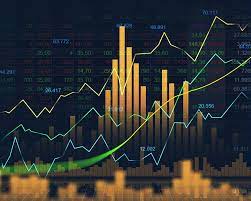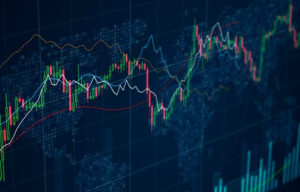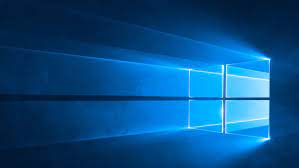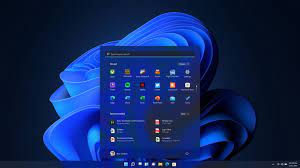
Trading can be a highly exciting and profitable activity, especially when it comes to CFD trading. CFD trading is known for providing traders with the opportunity to speculate on financial instruments they might not have been able to access otherwise. Contracts for difference (Cfds) allow trading instruments such as stocks, bonds, forex, and commodities, giving traders the chance to benefit from both rising and falling markets. If you are new to CFD trading, you might feel a bit overwhelmed about where to start. This beginner’s guide will help you navigate the CFD trading market with a solid foundation.
Understand the basics of CFD trading
The first step in getting started with CFD trading is to understand the basics of what it is and how it works. A CFD is a contract between two parties where one party agrees to pay the other the difference between the current asset price at contract execution and its price at a future time. CFD trading allows traders to buy or sell a contract on an underlying financial instrument without actually owning the asset. This means traders don’t have to worry about issues like storage, counterparty risk, or time decay, which are typical when you buy and sell the underlying asset itself.
Choose a reputable broker
A broker is an intermediary who facilitates the buying and selling of financial instruments. Choosing a reputable broker that suits your trading needs is essential for success in CFD trading. Take your time and research different brokers to find one that offers low spreads, has a proper regulatory license, and provides a professional trading platform. Brokers like Plus500, eToro, and IG offer easy-to-use platforms and competitive spreads and fees.
Create a trading plan
Like any other trading activity, CFD trading requires a well-thought-out plan. Determine your goals, risk tolerance, market research, and trading strategy. Develop a trading plan based on your research and risk tolerance levels.
Practice with a demo account
Before jumping into the real market, it’s best to practice with a demo account first. Most reputable brokers offer demo accounts, where you can practice your trading strategies and get a feel for the platform’s features and functionality. This allows beginners to build up their confidence and experience trading with virtual money before risking real money.
Keep a trading journal
Keeping track of your trades and the results is an essential part of becoming a successful trader. Keeping a trading journal allows you to learn from your past mistakes, identify profitable strategies, and track your progress. Include your entry and exit points, analysis of the market conditions at the time, and your overall reasoning behind each trade.
Conclusion:
what is cfds trading can be a highly profitable and exciting experience, but it requires a solid understanding of the basics, choosing a reputable broker, developing a trading plan, practicing with a demo account, and keeping a trading journal. Always remember that CFD trading carries risks, and it’s essential to approach trading with caution and proper risk management measures. With this beginner’s guide, you are well equipped to start your CFD trading journey. Good luck and happy trading!





